San Maurizio Canavese - IK1TGV
Menu principale:
- Home Page
- BIOGRAPHY
- THE TGV
- RADIO HISTORY
- RADIO STATION
- OUTDOOR ACTIVITY
- FRIENDS AND RELATIVES
- PHOTOGRAPHY
- PAINTING
- MOUNTAINEERING
- MORE HOBBY
- WINES
- ENGINEERING PROFESSION
- To Contact me:
- Link :
San Maurizio Canavese
San Maurizio Canavese
historical Background
Much larger was the ancient territory of San Maurizio Canavese, which included the lands bounded by the course of the Stura and the whole Vauda south of San Francesco to the north, which became an independent town in the late eighteenth century.
In ancient pre-
At the end of the century. XIII the country, part of the castle district Cirié, was in possession of the Marquis of Monferrato, and finally passed to the Savoy.
The fourteenth century is remembered for some important facts such as the granting of the Statutes, the construction of "bealere", the mills, the beaters for the paper, tanneries. To the village of San Maurizio is crucial date in 1335, the year in which the Marchioness Margherita of Savoy gave the Community the land needed for the foundation of the new town, a short distance from the old, but equipped with fortifications and defense, able to protect the inhabitants from the frequent raids.
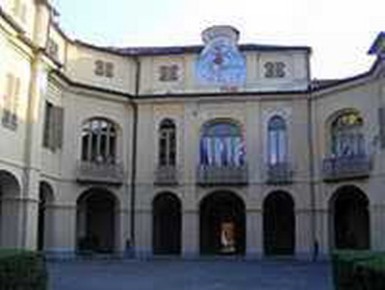
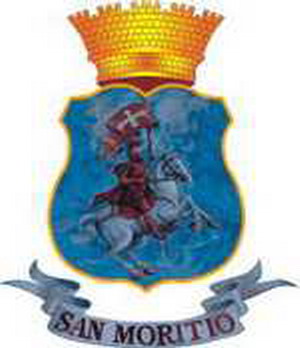
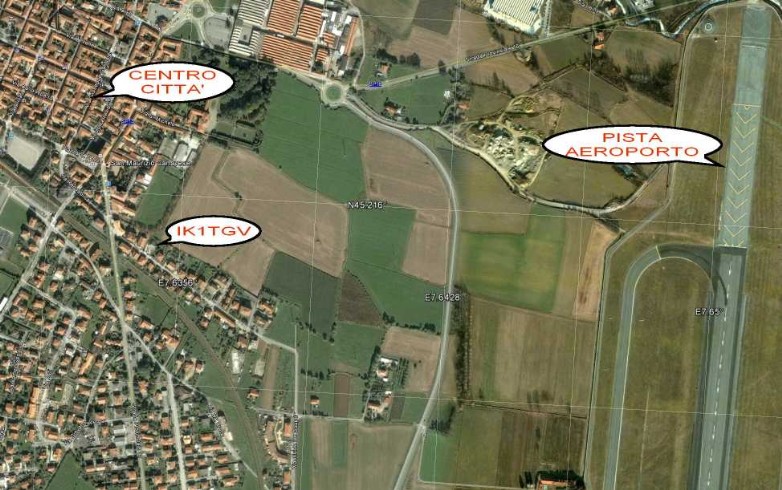
The move to the new center of activity led to the gradual disappearance of the primitive nucleus and also the castle that is to be adjacent to the parish church. This continued to exercise the functions of the parish until 1813, but little by little, the sacred ceremonies were celebrated in the new chapel built by the companies of the Holy Cross and Corpus Christi, as well as the Community.
This is the current parish church of San Maurizio Martyr.
Agricultural activity in the past constituted the main source of livelihood. The whole country was made up of blocks that included the civilian houses, sheds, stables, yards, driveway gates, ovens and wells were often shared.
Only from century. XVII, when large farms where planted, it was possible to more rational methods in farming and animal husbandry, taking advantage of the vast tracts of land and good irrigation possibilities.
San Maurizio can not boast typical machining, crafts and trade occupied a small percentage of people.
The availability of water power favored the planting of small workshops, now almost all of them disappeared, often the employees in these processes held two jobs, sending out simultaneously farming family type that has been mentioned, supported by women and children .
The cultivation and processing of hemp, such as silk, constituted a fair chance of integration of poor household incomes, they were practiced mostly by women and allowed them to acquire the knowledge of a job of "industrial" then he found application in the cotton mills of the first 900.
Since 1869 began operating the station "Cirie-
San Maurizio Canavese, Province of Turin:
Latitude: 45 ° 13 '0 "N
Longitude: 7 ° 38 '0 "E
Height: 317 m above sea level
The "Canavese" is a vast territory that stretches north of Turin, San Maurizio until Cuorgnè, the Valley of Ceresole Reale and Ivrea, to the Valle d'Aosta.
The term "Canavese" comes from the French, in fact there was once widely grown hemp, in French the "Hemp", the term became, in the local dialect "Canvra" and from there derived the adjective "Canaveis"
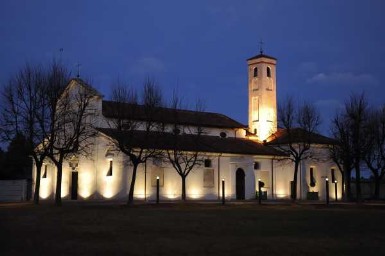
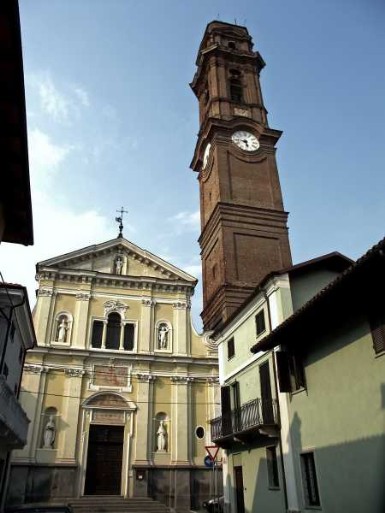
PARISH CHURCH: ex confraternity of the Holy Cross and Corpus Christi with attached bell tower of the eighteenth century designed by architect Ludwig Bo.
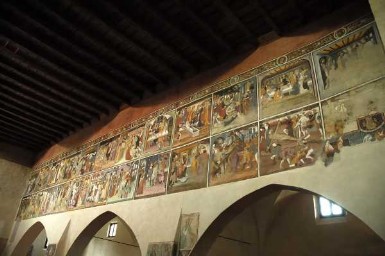
above:
OLD CHURCH CEMETERY called the Romanesque church: a national monument since 1922, was built in the eleventh century of a Roman settlement (found bricks and Roman tombstones), expanded and remodeled in the Renaissance. Outside the original remains in some parts of the apse and the bell tower, the interior has a precious frescoes of the '400 and '500: in the nave the end of the life and passion of Christ, divided into 24 scenes , the work of painters Pinerolo Bartholomew and Sebastian Serra, at left. in the chapel of the Marquis S.Marta, the martyrdom of St. Catherine, St. Lucia martyr, part of Our Lady of Mercy, in the arches of the nave ds. portraits of patriarchs and prophets. Most of the frescoes still remains under the bland waiting for restoration.
Music : Jacques Hoffenbach -